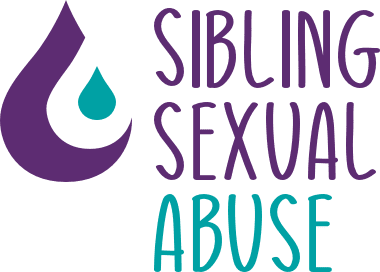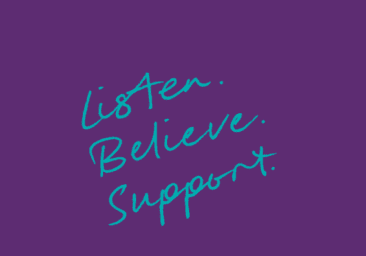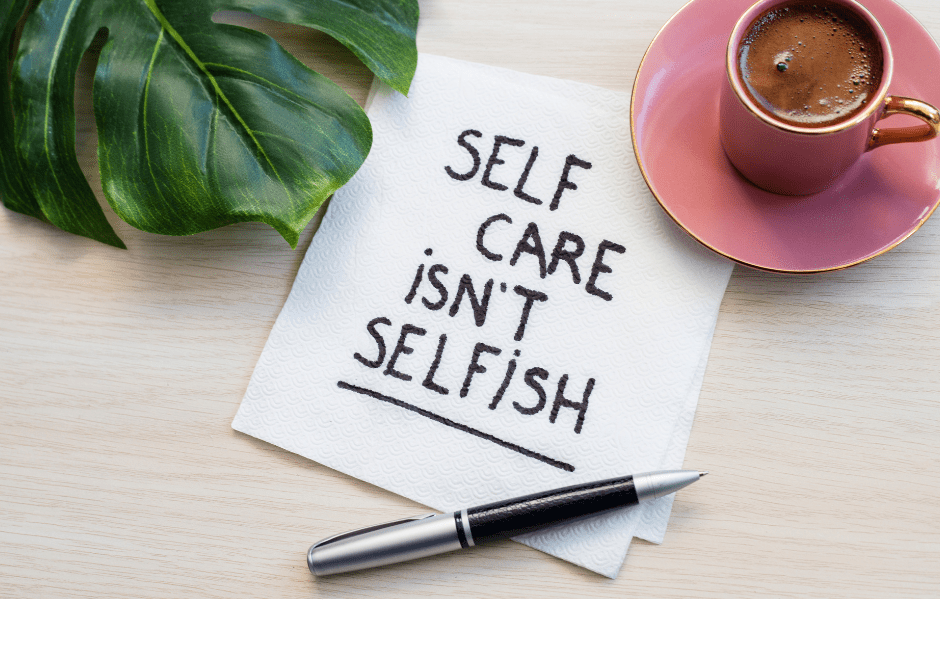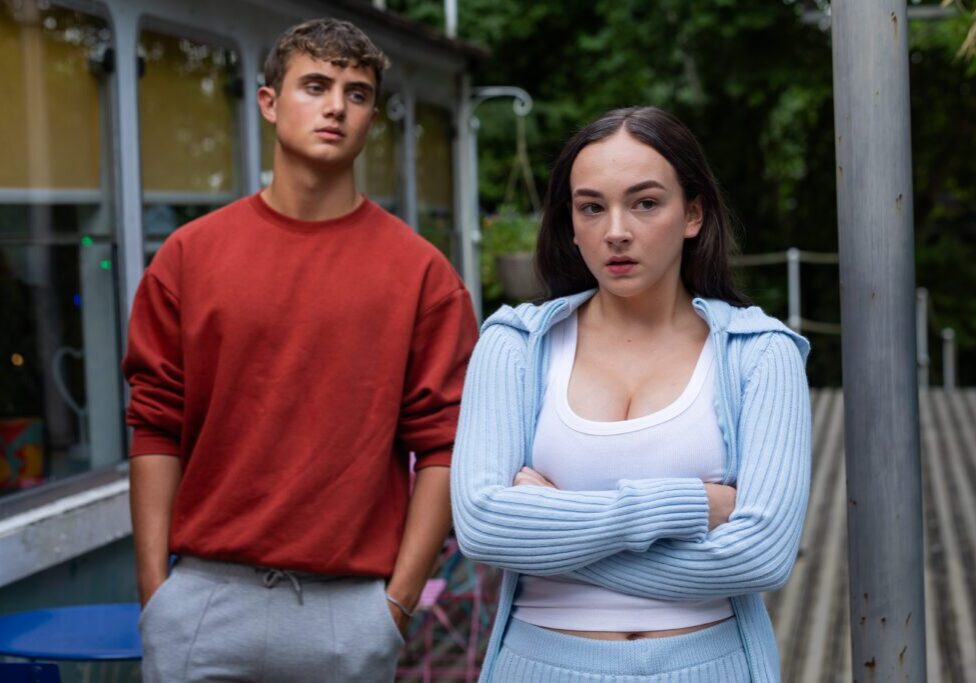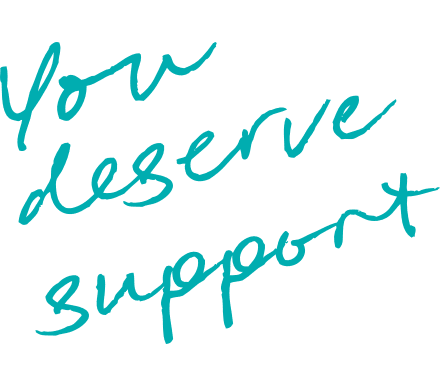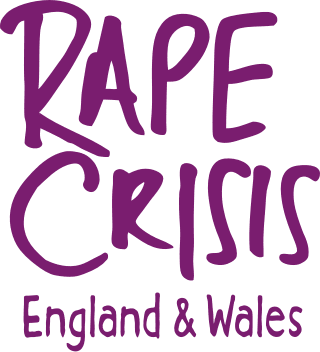Reconnecting with My Inner Child: A Journey to Healing and Compassion
Written by: Brinn Langdale, LMFT My Inner Child’s name is Brinn Emily. She’s a cute little girl, about four years old with chin-length brown hair and bangs. You might be wondering, “what exactly is an Inner Child?” Well, it’s a metaphor representing the younger version of ourselves – the part that experiences fear, hurt and…
Written by: Brinn Langdale, LMFT
My Inner Child’s name is Brinn Emily. She’s a cute little girl, about four years old with chin-length brown hair and bangs.
You might be wondering, “what exactly is an Inner Child?” Well, it’s a metaphor representing the younger version of ourselves – the part that experiences fear, hurt and is often overwhelmed by big emotions.
When I was young, I didn’t know how to talk about what I was experiencing. Instead, I bottled up everything inside until I erupted in big explosive tantrums, earning me the label of “brat.” As I grew older, I adapted and learned to suppress my emotions, developing a protective armor to avoid feeling anything at all.
As a kid, these behaviors might be understandable. But, as an adult, these patterns showed themselves to be pretty destructive.
I first learned about my Inner Child when I was 22 years old; 4 years after it came out that I had been sexually abused by one of my siblings for 12 years. I didn’t realize all the ways I’d been attempting to avoid, distract and numb my feelings were related to how Brinn Emily dealt with feelings. I didn’t understand that my explosive temper, intense anxiety, fear of rejection and failure was all her too.
Just because we grow up, doesn’t mean the Adult part of ourselves automatically comes online. Often, our Inner Child, and our Inner Critic – the part that judges and pushes us – sit in the driver’s seat long after we turn 18.
Looking at myself through the lens of these different parts helps explain why sometimes I can feel like a competent, accomplished therapist and why sometimes I can lay in bed with the covers pulled over my head, convinced I’m a total failure.
I now know that she is the part of me who feels unworthy, not good enough, unlovable, undeserving, not smart, unimportant and like a burden. She’s scared that things aren’t going to work out and that she’s going to end up abandoned and alone.
Throughout my healing journey, I’ve learned to treat my Inner Child the way she deserved to be treated; with love, compassion, empathy and respect – just like anyone else. I’ve gotten to know her and understand how she thinks, talks, acts, what she needs, what she fears, and what makes her happy.
But getting to know her is only the half of it. I also need to strengthen and empower the Adult part of me. I need my Adult part to be mature, logical, and comforting, otherwise, no one will be there to tell Brinn Emily that she’s okay.
Talking to myself with the same compassion and love I would give any other child who experienced what I went through has been one of the most healing salves of all.
When Brinn Emily’s having a hard time, I remind her, she’s just a kid. She isn’t to blame and there’s absolutely nothing wrong with her. I tell her it’s not her job to take care of adult things – it’s my job. As the Adult, I speak sweetly to her, letting her know that I, not her, will handle whatever comes our way.
Bio:
Brinn Langdale is a sibling sexual abuse survivor, licensed therapist, writer, speaker, and the host of the Wholistic Approach to Healing podcast. She’s also the founder of Wholistic Approach, an online transformational therapy and coaching practice focused on healing the whole you. To access free healing guides and other resources go to brinnlangdale.com
